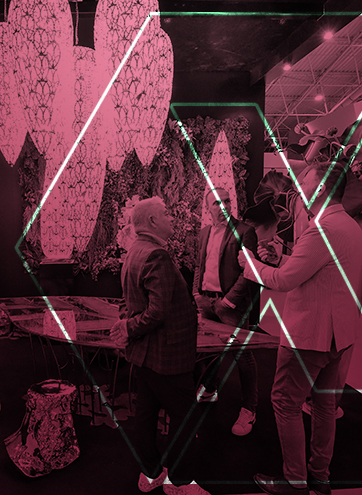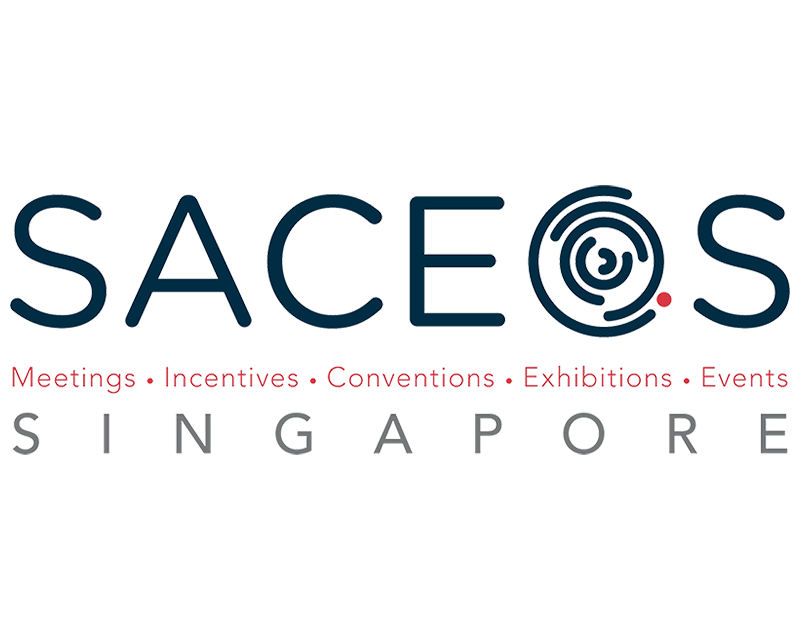Three Ways To Get Ready For The AI Takeover In Interior Design
23 May. 2023Andrey Ustyugov is the CEO at Planner 5D, an easy-to-use home design platform powered by AI, AR & VR technologies.

The tech landscape across various industries has been completely transformed by the release of artificial intelligence (AI) products in recent months.
The AI takeover, once a fantasy in fiction books and movies, has now become a daily topic for opinion leaders in the media and politicians in parliaments. Meanwhile, businesses continue to launch AI-based products and updates, and the integration of AI into industries and daily lives is now widely accepted. However, is the AI takeover coming? If so, how should we prepare for it?
As someone with experience in e-design and developing AI for home improvement, I'll be delving into how the interior design industry should prepare for the rising prominence of cutting-edge "thinking" computer systems.
Accept The New Reality
The first step might seem obvious, but it's not an easy one—neither for interior designers and businesses nor their clients. AI has been used for creating projects since the early 2010s, but the rise of generative AI has incentivized a new turn of discourse. Can AI-generated interior design projects be called unique or creative? Can we trust "the machines" to decide how to project our own living spaces?
I'd like to discuss an example that doesn't relate to e-design but, in fact, illustrates well what society actually thinks of AI. In January 2023, a HealthTech startup discussed how it was testing the usage of chatbots in the mental health support line. At first, it integrated them anonymously. Customer satisfaction increased, and the business confirmed the case as successful. Later, the clients were notified that they were talking to a chatbot rather than a real person. The algorithm stayed the same, but customer satisfaction dropped considerably.
There is a lot of work to do before people start trusting AI. To ensure that the AI takeover becomes a reality, we must come to terms with the new paradigm. The roads toward it might be bumpy, as there are psychological barriers to overcome, but AI can actually do a part of the work instead of people—and do it quite well.
The interior design industry should not deny the progress happening but rather take the best out of it by integrating new technologies, being transparent about it and showing clients all of the advantages of AI.
Lifelong Learning And Continuous Upskilling
Creative industry professionals have been under the "threat" of technology for decades, but so have other jobs. Integration of AI-based tools into daily work is neither unique nor dangerous, and this requires interior designers to gain new skills and learn how to integrate AI into daily tasks. In turn, AI would speed up their workflow in times of need.
Lifelong learning is no longer a "nice to have." It is a must. As someone working at the intersection of interior design and technology, I think the following might help in developing an effective upskilling strategy.
1. Interior designers should stay up-to-date with the latest AI applications by following news from leading companies and the opinions of top professionals as well as interacting with the community. It is important to get various perspectives from tech and interior design leaders.
2. Keep an open-minded approach. From my personal experience, the interior design industry tends to be quite conservative, keeping old practices and approaches. It is great for preserving the best experience but might limit professionals in getting new opportunities.
3. Experiment. Try new tools and techniques. Run tests and compare the results. If you are an interior design team leader or a business owner, motivate your employees to do the same.
I disagree that we can expect AI to take over the jobs of all interior designers. It can do so only in the case of low-quality results from a professional. The rest of the interior designers will benefit from new tools and become even more skilled. In this sense, the popularity of AI is great, and even anxious talks about the AI takeover of jobs are a great motivation for all of us to increase our expertise.
Adequate Legislation And Policymaking
Regulating new technologies, especially revolutionary ones like AI, is a challenge. The problem is the disbalance. Developing, discussing, adopting and beginning to implement a new law takes months and years. Meanwhile, revolutionizing tech tools appear daily worldwide. As a result, legislation texts quickly become outdated, as it is difficult to keep up with technological advancements.
Another issue is the lack of knowledge. Policymakers should be aware that there is a world shortage of tech professionals with profound knowledge of AI and its applications. In these conditions, developing new laws is creating preventive measures against yet-to-be-discovered threats. Although we will eventually have common industry rules, the countries that would develop them first risk losing leadership to less regulated regions. As a result, we might find ourselves in a situation where along with tax havens we have "law havens."
This problem is relevant to any industry integrating AI, not just e-design. One possible solution is to establish an effective dialogue between policymakers and business leaders. Continuous exchange of ideas of innovators, legislative institutions, businesses and consumers might help to understand each other's demands and expectations better. Ultimately, this could lead to a balanced regulatory environment that promotes innovation.
"I always say I was the first knowledge worker whose job was threatened by a machine," said Garry Kasparov, a renowned chess player, after his loss to the computer IBM's Deep Blue in 1997. However, people did not stop playing chess. Similarly, AI has already become a part of the interior design industry, but it does not mean the end of it. Rather, AI has created a new beginning for new ways of thinking and working.
Source Credit: Forbes





